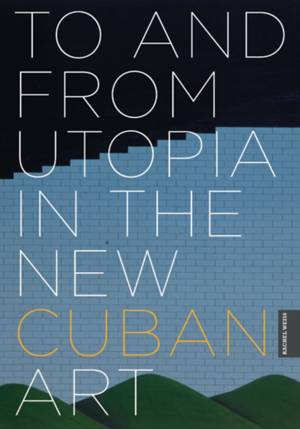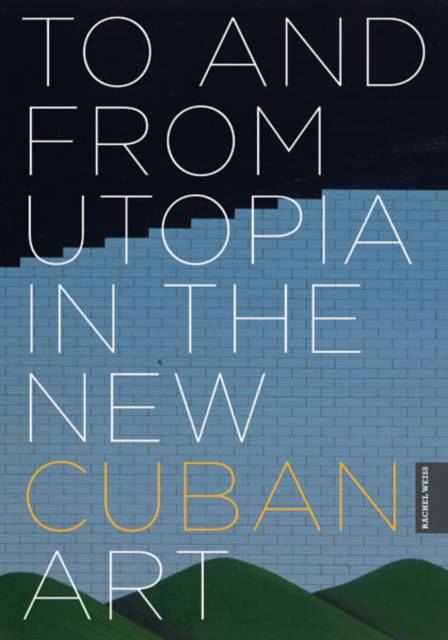
- Retrait gratuit dans votre magasin Club
- 7.000.000 titres dans notre catalogue
- Payer en toute sécurité
- Toujours un magasin près de chez vous
- Retrait gratuit dans votre magasin Club
- 7.000.000 titres dans notre catalogue
- Payer en toute sécurité
- Toujours un magasin près de chez vous
Description
The new Cuban art grew up in the supercharged and conflicting currents of revolution, sometimes tracking to its optimism and at others scalded by it. But even more than that it was an art with extraordinary relation and relevance to the life of the country across social, domestic, cultural, and psychological registers: aggressive, protean, and perennially restless within an extraordinary conviction about the possibilities of art.-from the Introduction
In 1981, Volumen Uno, an exhibition at a Havana gallery, inaugurated a new chapter in the rich history of Cuban art. Featuring an eclectic mix of works by eleven young artists filtered through a variety of styles-informalism, Pop, minimalism, conceptualism, performance, graffiti, and povera-the art was a sharp break with the past in both form and content. More of a phenomenon than a formal movement, the new Cuban art was both a reaction to the sovietization of Cuban culture in the 1970s and the dynamic entry of a generation of artists born around the Revolution and formed by its orthodoxies and its poetic idealism.
In this spectacularly illustrated volume, Rachel Weiss offers the definitive critical history of the new Cuban art, exploring its remarkable artistic accomplishments and its role as catalyst for, and site of, public debate. Weiss draws on two decades of engagement with Cuban art and on the statements of the artists themselves to read individual artworks against the complex relationships between artists, their local and global audiences, and the Cuban state.
Tracing the shift from the optimism of the early 1980s to the cultural cynicism that paralleled the near-collapse of Cuban society in the 1990s, To and from Utopia in the New Cuban Art identifies a renewed idealism among the artists about the potential role of culture in Cuban society.
In 1981, Volumen Uno, an exhibition at a Havana gallery, inaugurated a new chapter in the rich history of Cuban art. Featuring an eclectic mix of works by eleven young artists filtered through a variety of styles-informalism, Pop, minimalism, conceptualism, performance, graffiti, and povera-the art was a sharp break with the past in both form and content. More of a phenomenon than a formal movement, the new Cuban art was both a reaction to the sovietization of Cuban culture in the 1970s and the dynamic entry of a generation of artists born around the Revolution and formed by its orthodoxies and its poetic idealism.
In this spectacularly illustrated volume, Rachel Weiss offers the definitive critical history of the new Cuban art, exploring its remarkable artistic accomplishments and its role as catalyst for, and site of, public debate. Weiss draws on two decades of engagement with Cuban art and on the statements of the artists themselves to read individual artworks against the complex relationships between artists, their local and global audiences, and the Cuban state.
Tracing the shift from the optimism of the early 1980s to the cultural cynicism that paralleled the near-collapse of Cuban society in the 1990s, To and from Utopia in the New Cuban Art identifies a renewed idealism among the artists about the potential role of culture in Cuban society.
Spécifications
Parties prenantes
- Auteur(s) :
- Editeur:
Contenu
- Nombre de pages :
- 368
- Langue:
- Anglais
Caractéristiques
- EAN:
- 9780816665143
- Date de parution :
- 25-04-11
- Format:
- Livre relié
- Format numérique:
- Genaaid
- Dimensions :
- 190 mm x 254 mm
- Poids :
- 1292 g







